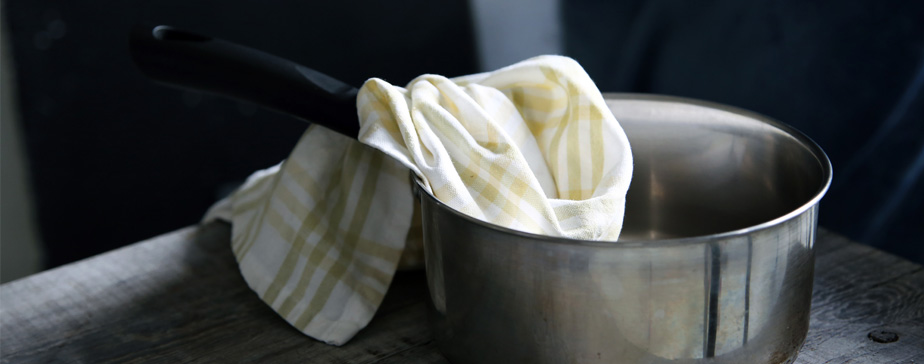Rhiannon Hughes, RMT, BSc
Clients often ask me whether they should use heat or ice on tense or sore areas of the body following a treatment, an activity or at different stages post-injury. I know the advice out there can seem contradictory and confusing sometimes. Ultimately, both hot/warm and cold/cool applications – in most cases – can be used in creative and effective ways for most scenarios. What I use in treatment and recommend for home care will depend on considerations like: presence of acute inflammation (if the area appears red, hot, sore and swollen – avoid heat!), tissue integrity, healing stage (the older the injury, the more heat will likely be useful), general health status, known or suspected areas of altered sensation, and – most importantly – the individual’s own tolerance to and preference for certain applications.
I’m a big fan of contrast treatments. Alternating cold and hot – or even just cool and warm – applications is particularly beneficial when there is a need for “flushing” of the tissues. This approach is very useful for sub-acute and chronic swelling, muscle tension, or circulatory congestion. The cold application dulls pain while moving out metabolic waste and fluid build-up, and the heat brings fresh, oxygenated blood that is rich in healing factors to promote repair in the affected area.
One of my favourite applications is the heating compress, or cold double compress. I love it for its versatility, as well as its gentleness. It’s safe to use in almost all situations! Although not technically a contrast treatment, it feels like one. Heating compresses use cold water and heat generated from the body to help relieve deep congestion by mobilizing circulation to the skin surface. Local perspiration over the area of application facilitates detoxification, which can be further encouraged by adding cider vinegar to the water.
Heating compresses are best used around sore throats, stiff joints, and achy tense muscles. They can also be used on the abdomen to address insomnia or to stimulate underlying organs (to treat constipation, for example). Although the primary effect is to relieve congestion, there is often a sedative and relaxation effect in the treated area or throughout the whole system.
You will need:
- Linen or cotton cloth. I usually use a hand towel.
- Cold water
- 1 (or more) large towel
- Cider vinegar (optional)
Procedure:
- Run cloth under very cold water. Alternatively, if using additives such as vinegar, soak towel in a bowl of cold water and vinegar.
- Ring hand towel out well.
- Apply cloth to body part and wrap snugly with the large, dry towel. The damp towel should be completely covered by the larger towel and limit air sneaking passed its edges to keep the warming generated by the body trapped inside the area of application.
- Set yourself up in a comfortable position and cover your body with a blanket, if needed. If applying the compress to the calf muscles, I prefer to elevate the leg with a couple of pillows.
- Leave the compress on until it feels warm. When I apply this treatment to my abdomen when I’m having trouble sleeping, I’m usually asleep before I even realize it’s warm!
The compress usually takes about 20-30 minutes to feel warm. There are few safety concerns with this application, although anyone with thermoregulatory, circulatory or neuropathic concerns should consult a healthcare professional first. Avoid using a heating compress over open wounds (avoid wet applications in general) or when you are having trouble warming up (avoid cold applications in general).
Generally speaking, heating compresses are one of the safest hydrotherapy applications I know of and can be left on for hours, even overnight. So go ahead, get comfortable, relax, and drift off!
Learn more about Rhiannon here. And book a treatment with her online today!

